This topic was discussed at the Center for Universal Education’s Annual Research and Policy Symposium on April 5, 2017. You can watch video from the event or listen to audio here.
According to the Education Commission, automation will replace half of all current jobs by 2050. This massive shift in the job market creates a daunting challenge for the education community, leading us to ask, “How can we teach students the necessary skills to thrive in such a rapidly changing world?”
Identifying the outcomes that we need—skills such as communication, creativity, problem solving, and collaboration—is just the first step. How do we learn these skills? And more importantly, how do we teach them?
To provide an analogy, let’s talk about cake for a moment. There is science to baking a cake. Not only does it require ingredients, but also precise measurement and timing. Too much or too little of something can be the difference between a deliciously moist cake and a concrete slab. The order that you put the ingredients in matters as well. To complicate things, the environment matters, too. In high altitude areas, the air is less dense, throwing off the delicate balance of ingredients. Therefore, we need to adjust the recipe, the amounts, the processes, and the timing.
In the same way that we need to apply knowledge from physical sciences when baking a cake, we also need to apply our understanding of how people learn to education. This is where psychology comes in. Psychologists, specifically those in the education field, focus on understanding how people learn. Application of theories of human development, cognitive and behavioral perspectives, and principles of teaching and learning guide how we write curricula, how we approach teaching, and what we expect of children of different ages and stages. In other words, psychology is not only useful for informing education, it is essential.
As an example, for a child who is 4 years old, we might provide a page that just has three or four words and work one-on-one with the child to sound out the words. For a student who is 10 years old, we might provide an activity that requires students to read and synthesize a passage by themselves because we understand that older students are able to do activities independently for longer periods and are building more complex literacy skills. Knowing what a child is ready for at certain ages, and for how long, is just one part of “making the cake.” We also need to understand the nature of what we are teaching—how skills develop and change as children mature, the potential constraints on skills, and the building blocks that need to be in place before more complex skills can be developed.
In addition, learning does not occur in a vacuum or in isolation. Therefore, understanding how the experiences of individuals differ and recognizing how environmental factors can influence learning outcomes is an important part of understanding the nature of skills. “If you know the ingredient and how it behaves, you have a better chance of success.” Although this was said by a pastry instructor, the same principles apply to education in all of its complexity. If we can apply what we know about learning from educational psychology and the learning sciences, we can not only begin to identify the building blocks that support the development of skills but also begin to understand how they “behave” under what conditions, in what combinations, and in what order.
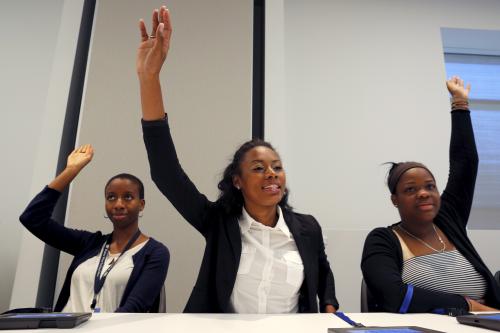
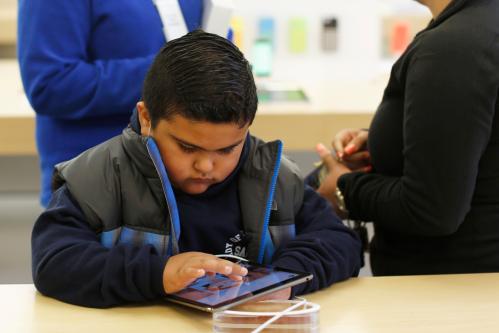
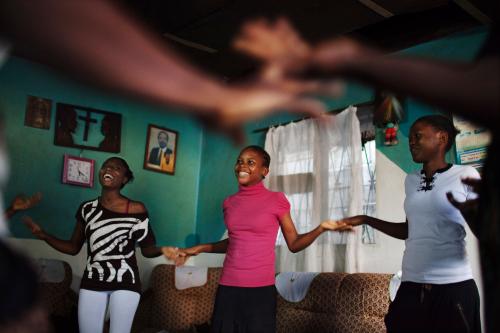
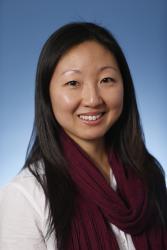
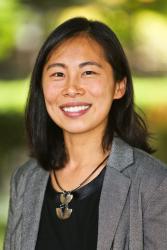


Commentary
Let’s not forget the essential link between psychology and education
March 14, 2017